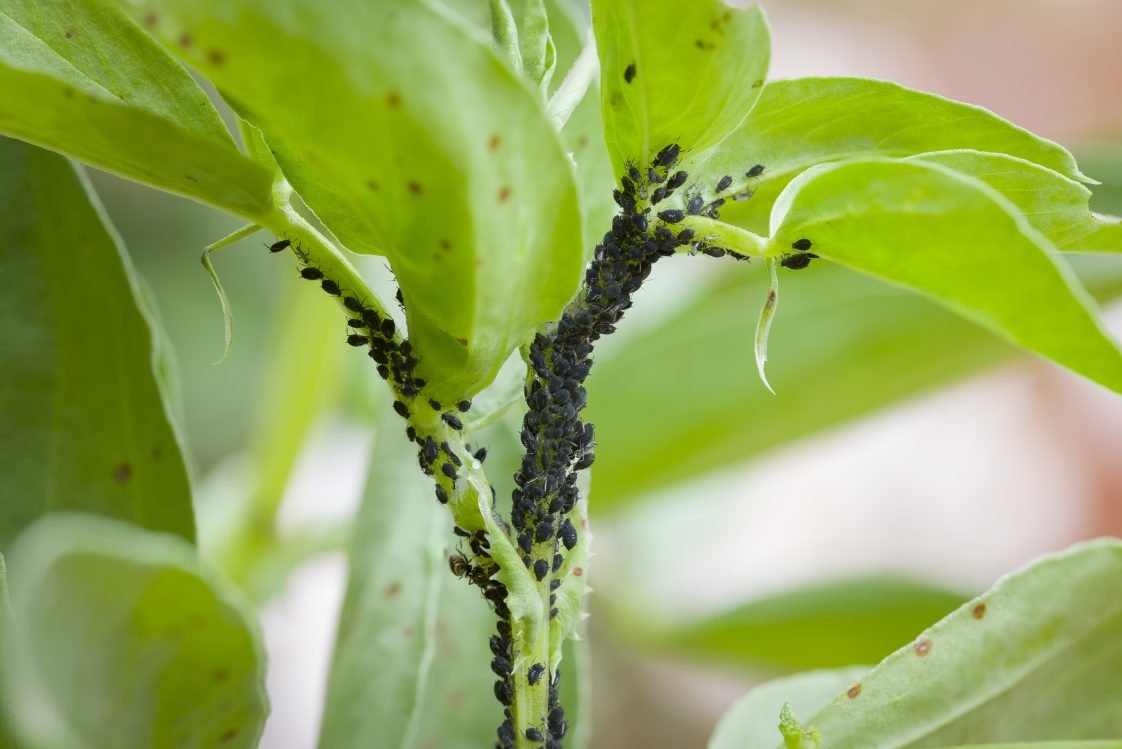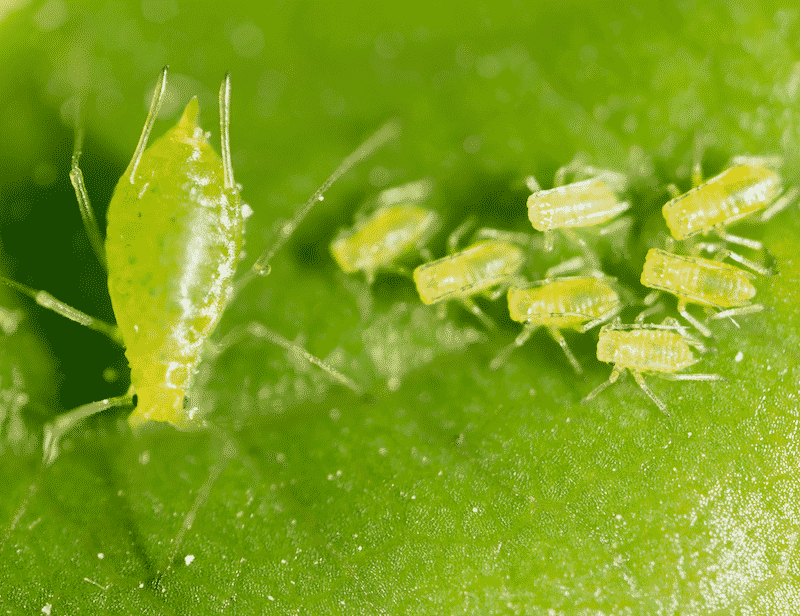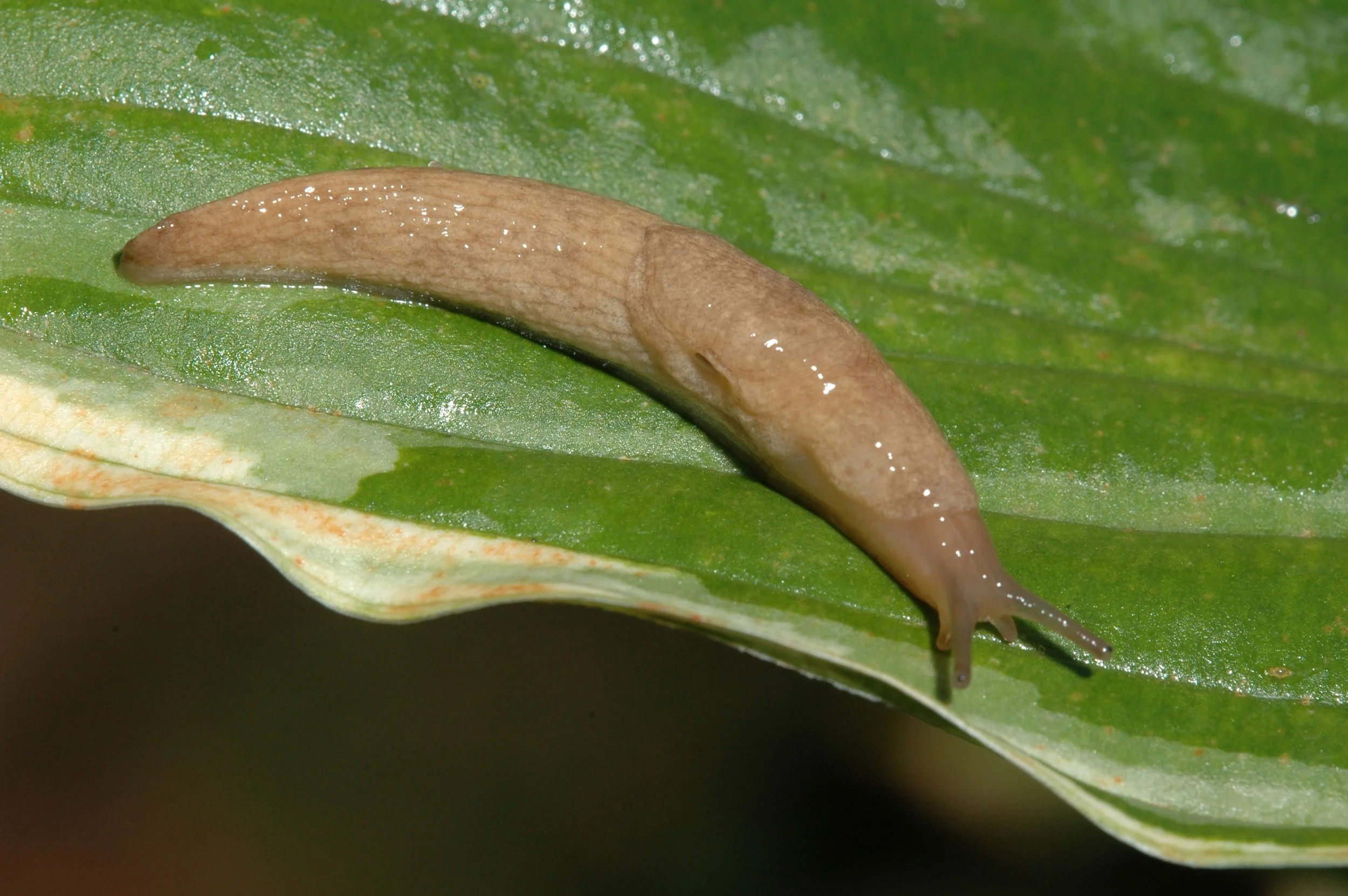Creepy Crawly Pests
Garden pests can wreak havoc on your precious plants, but there are several effective and eco-friendly tricks to keep them away!
Before we look at the specific pests we are dealing with, here are some basic hacks to get rid of any pests without the use of chemicals:
Encourage Natural Predators: You can create a safe, healthy space for beneficial insects like ladybugs, lacewings, and praying mantises in your garden by planting specific pollinator friendly plants. However, it’s actually not effective or eco-friendly to purchase these bugs and release them into you garden bed (spoiler alert: they’ll just fly away).
Attract Birds: Birds are excellent natural pest controllers. Set up bird feeders, bird baths, and birdhouses to attract birds to your garden. They'll help keep pest populations under control by feeding on insects.
Handpick Pests: If you have a manageable infestation, physically removing slugs by hand can be effective at night (Wear Gloves, because YUCK.), while an early morning harvest with a hard “shake” of the flower upside down (into a bucket) is effective in getting rid of earwigs hiding in the petals!
Create DIY Traps: Depending on the pest, there’s definitely a DIY trap out there to try!
Read on for all the details!
Let’s look at the little monsters who are eating our beautiful blooms:
(photo from Alabama Cooperative Extension)
Earwigs
(photo from Dr. Death Pest Control)
These creepy looking bugs have pinchers on their back side, but it’s very unlikely that they’ll actually pinch you. If they do, it’s also unlikely that it will hurt (but, it is possible with the bigger ones!)
These guys can squirm their way into the tiniest of crevices, and prefer the dark, so you may not notice them at first glance. They bury themselves deep into the folds of flower petals, and munch munch MUNCH. They love dahlias, and if you see one, you can bet there are a LOT more hiding nearby.
Because they prefer the dark, DIY traps rely on small, dark spaces to lure them in (think bamboo shoots, straws, etc.). You can attach these to the plant stem or stake, and check each morning (blow into it to push them into a bucket of soapy water. but please: be sure to BLOW, not SUCK!)
I recently also found that a shallow dish with cooking oil and a bit of soy sauce or fish sauce may lure them in and drown them. Here is a list (with instructions) of earwig traps to try!
Aphids
(photo from Florida Environmental Pest Management)
Aphids have been one of the worst pests for me in the past, and I did not know what to do when I found my Sweet Peas covered in them!! These little pests multiply quickly so if you see just a few, you’re about to see a whole lot more. They work as a team and devour plants!
They are tiny and can either be light green/yellow/white, or black.
They are such a nuisance that it’s best to take preventative measures:
interplant aphid-repelling plants (think strong smells) such as
Create an environment to attract Aphid-eaters: Lady Bugs will be your BEST friend
But despite our best efforts, they may still find your garden. They always seem to find mine…
Once you see them: the quick and easy way to get rid of some of them is to drown them. You can either dip stems into a bowl of soapy water, or you can spray the plants with a hose to knock them down (but they will just crawl back up…) You can also squish them to take out your anger.
I typically will cut any damaged stems I see full of aphids and drop the whole thing in a bucket of water and then compost after they’ve drowned.
Slugs
(photo from UMN extension)
I. HATE. SLUGS.
The same tricks for Slugs will work for Snails, FYI.
These gross, slimy jerks come in all sizes, and I’ve found Sluggo to be the best defense. Sprinkle this around the base of your plants and it will create a barrier to the slimy guys while also remaining safe for other pets and people (my cat Cleo actually loves eating Sluggo, and she’s totally fine.) If I notice the slugs are tiny, I may grind the Sluggo pellets into a powder to make sure no slugs can sneak past!
Slugs come out at night because they don’t like the hot sun! Some folks head outside with a headlamp and gloves to pick then off one-by-one… I like to be in bed when it’s dark out, so this has never been my method of choice, but I know a lot of gardeners swear by it!
You may find raised beds more successful, (and actually easy, affordable, and delivered to you here), because the slugs can’t crawl in as easily, or you may want to rake debris away from the edges of your in-ground beds to make it more of a hassle for the slugs to sneak in.
As a kid, sometimes my grandma would send us outside with salt to sprinkle on slugs. There are sooooo many ideas out there for slug traps, and I found a long list of methods to try here.
There is also Sluggo Plus, which can take out Earwigs and Slugs and snails… But the bad news is: it can take out friendly pollinators too. Sprinkled around the base of the plant means most pollinators would avoid it by being at the top of the plant, but this is not an exact science, and it’s a major risk to use if you’re wanting to encourage pollinators!
Who Will Save Us!?
If you’re wondering what bugs are GOOD for your garden, look no further: Here is a list of some of the best pest-fighting friends in the garden. You should NEVER kill, trap, or discourage any of these beauties:
Ladybugs (they love a variety of flowers, including yarrow and statice)
Spiders (yes, I know, they’re creepy. But I’m telling you: let them live in your garden and you’ll be so happy!)
Lacewings
Praying Mantis
Birds (think of adding a birdbath, or bird feeder to attract more!)
Wasps (I know, again. Nobody likes wasps, but guess what they love to eat? Aphids, caterpillars, and more!)
I will say: Sometimes we do take out wasps. They can be a mean/annoying pollinator to have, and sometimes I don’t want their nest where my kids store their outdoor toys. Use discretion and do what’s right for you and your garden!)
By implementing these natural pest control methods, you can protect your garden from damage while minimizing harm to the environment and beneficial pollinators.
Regularly checking on your garden will let you know who’s living there and if there is an imbalance.
What methods have worked for you?? I definitely want to hear all of your favorite tricks, leave me a comment below so we can learn together!
*Some of the links above are affiliate links, and I may earn a tiny commission on qualifying purchases.





